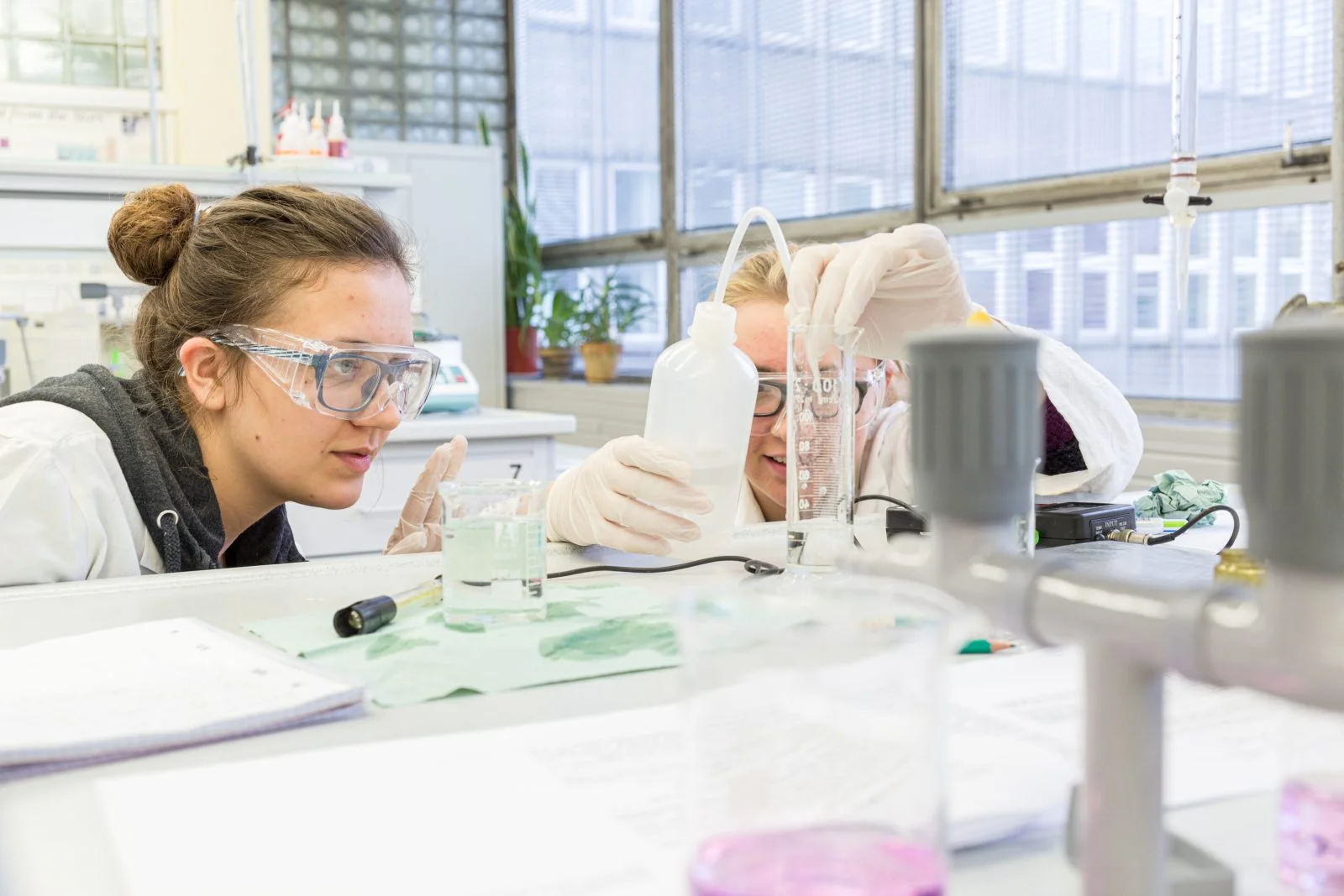
Chemistry at the First University Conference ‘Artificial Intelligence ∀’
Computer algorithms, including machine learning, or artificial intelligence AI, play a central role in this year’s Nobel Prizes in chemistry and physics. The subject of AI will be the focus of the First University Conference ‘Artificial Intelligence ∀’, which is being organised by the Faculty of Mathematics and Computer Science at UWr on Friday 18 October.
The aim of the conference is to bring together researchers from UWr interested in the broad applications of artificial intelligence in research.
This year’s Nobel Prizes show, on the one hand, how quickly AI techniques are entering our lives. – But on the other hand, that de facto they have already been with us, scientists, for quite some time – notes dr hab. Jarosław Panek, dean’s representative for computerisation at the Uwr Faculty of Chemistry. – Let us remember that the Nobel Committee does not act rashly, so its decision means just that: AI techniques have already taken root in chemistry and biochemistry.
The group of the first of this year’s Nobel laureates, David Baker, had already computer-designed a protein with a given unusual structure (the Top7 protein) in 2003 and experimentally confirmed the correctness of the predictions. The other two scientists are behind the AlphaFold algorithm, which predicts protein structures with unprecedented accuracy, but is the culmination of years of effort.
– Scientific ‘competitions’ in protein structure prediction, known as CASP (Critical Assessment of Protein Structure Prediction), have been held every two years since 1994, but it was not until CASP13 (2018) and CASP14 (2020) that the true power of machine learning in this field was demonstrated – says prof Panek. – Algorithms developed by the teams of this year’s Nobel laureates, RoseTTAFold and AlphaFold2, have already been approved by the Protein DataBank (PDB) for a year as structural starting or replacement models in the absence of experimental data. Currently (CASP16, 2024), we are also seeing great progress in computer-aided prediction of structures composed of multiple protein units and protein-protein complexes, which in the future may help, for example, to better understand pathogen recognition by our immune system.
However, AI applications in chemistry and biochemistry are not just about predicting macromolecular structures.
During the First University Conference ‘Artificial Intelligence ∀’, we will present, together with collaborators (dr hab. Aneta Jezierska, prof. UWr; dr hab. Sylwester Mazurek, prof. UWr), our research using neural networks to classify chemical compounds and their reactivity – announces prof. Panek. – This is the fruit of our long-term collaboration with the team of prof. Marjana Novič and prof. Jure Zupan (National Institute of Chemistry, Ljubljana), a pioneer of neural network applications in chemistry. In response to the changing world and realities of research work, we are also organising online lectures by people developing and using AI methodologies – the Artificial Intelligence and Science of Tomorrow Forum series – the scientist adds.
For details and the programme of the First University Conference ‘Artificial Intelligence ∀’, please visit the conference website: https://pukai.cs.uni.wroc.pl/.
Complied by Katarzyna Górowicz-Maćkiewicz



